Exploring Chinese Food for Special Dietary Needs: A Delicious Journey
As a long-time lover of Chinese food, I’ve always been fascinated by the rich flavors, unique ingredients, and diverse cooking techniques that make this cuisine so beloved around the world. But when I was diagnosed with dietary restrictions, I found myself wondering how I could still enjoy my favorite dishes without compromising my health. After much research and testing, I’ve discovered that Chinese cuisine offers a wide variety of options that cater to special dietary needs. Whether you have a gluten allergy, follow a vegan lifestyle, or need to cut down on sodium, Chinese food can be a flavorful and satisfying choice!
1. Gluten-Free Chinese Food: Tasty Alternatives for Gluten Sensitivity
Gluten-free eating can be a challenge, especially when it comes to Chinese food. Many classic Chinese dishes use soy sauce, which often contains gluten. However, after discovering gluten-free soy sauce options, I’ve been able to recreate many of my favorite dishes at home. Dishes like stir-fried vegetables, steamed fish, and eggplant with garlic sauce are naturally gluten-free and can be easily adapted by swapping in gluten-free soy sauce.
One of my all-time favorite gluten-free Chinese dishes is Mu Shu Pork, which traditionally comes with pancakes. I simply replace the pancakes with gluten-free wraps, and the dish becomes an absolute treat. If you’re dining out, many Chinese restaurants now offer gluten-free menus or are willing to customize dishes to meet your dietary needs. Just make sure to ask about hidden sources of gluten, such as soy sauce or thickening agents used in sauces.
2. Vegan Chinese Food: Savor the Flavors of Plant-Based Chinese Cuisine
For those following a vegan diet, Chinese cuisine is a treasure trove of plant-based options. While many Chinese dishes include meat, tofu and a wide variety of vegetables make up the backbone of many vegan-friendly recipes. I love how Chinese cuisine incorporates ingredients like tofu, mushrooms, and seitan, creating textures and flavors that mimic traditional meat-based dishes.
One of the best vegan Chinese dishes I’ve discovered is General Tso’s Tofu. This dish is a plant-based twist on the classic General Tso’s Chicken and features crispy tofu pieces tossed in a tangy, slightly spicy sauce. Other vegan Chinese dishes that I frequently enjoy include vegetable spring rolls, Buddha’s Delight (a medley of stir-fried vegetables), and hot and sour soup (without meat). The key to making these dishes truly satisfying is to ensure that the sauces are flavorful and well-seasoned, and I’ve found that it’s always best to make them at home to control the ingredients.
3. Low-Sodium Chinese Food: How to Cut Back Without Losing Flavor
As someone who needs to reduce sodium intake, I used to think that Chinese food was off-limits because of its reliance on soy sauce and other salty ingredients. However, with a few modifications, I’ve discovered that it’s possible to enjoy Chinese food without the high sodium content. Many restaurants offer low-sodium soy sauce, and you can also reduce the amount of soy sauce used in recipes to keep things healthier.
Another tip I’ve found helpful is to focus on dishes that are naturally lower in sodium, such as steamed vegetables, tofu stir-fries, and fish dishes that don’t require heavy seasoning. You can also make your own sauces using low-sodium broth, vinegar, and herbs to create a satisfying, flavorful meal without the added salt. One of my favorite low-sodium dishes is steamed fish with ginger and scallions, which is naturally light and delicious. Another go-to for me is stir-fried vegetables with garlic and a touch of sesame oil – simple, fresh, and full of flavor!
4. Healthy Chinese Recipes You Can Make at Home
Cooking Chinese food at home has allowed me to better control the ingredients and ensure that I’m meeting my dietary needs. Over the years, I’ve collected a few healthy Chinese recipes that I make regularly. One of my favorites is a stir-fried vegetable and tofu dish that’s quick, easy, and packed with flavor. I start by sautéing tofu until golden brown, then toss in a mix of colorful vegetables like bell peppers, broccoli, and snap peas. For the sauce, I use a combination of low-sodium soy sauce, rice vinegar, and a bit of honey for sweetness.
Another recipe I love is a light vegetable soup made with mushrooms, napa cabbage, and tofu, all simmered in a clear broth with ginger and garlic. It’s the perfect dish for when I’m craving something warm and comforting but want to keep it light and healthy. The best part about cooking at home is that I can experiment with different flavors and ingredients, ensuring that each meal fits my dietary needs and tastes delicious.
5. Finding Chinese Restaurants That Cater to Special Dietary Needs
When dining out, it can sometimes be tricky to find a Chinese restaurant that offers options that align with my dietary needs. However, more and more restaurants are becoming aware of special dietary requirements and are happy to accommodate requests. I’ve found that it’s always best to call ahead or speak with the chef directly to ensure that your meal is prepared according to your preferences.
In many cities, there are now Chinese restaurants that specialize in healthy or plant-based Chinese cuisine. These restaurants often have clearly labeled menus, making it easy to spot gluten-free, vegan, and low-sodium options. I’ve also discovered that many traditional Chinese restaurants will happily modify dishes if you ask for substitutions. For example, I once asked for a vegetarian version of a stir-fried noodle dish, and the chef was happy to use tofu instead of meat and cook it with less oil.
6. The Joy of Sharing Chinese Food with Friends and Family
One of the best things about Chinese food is that it’s meant to be shared. Even with special dietary needs, I love hosting family gatherings and dinner parties where everyone can enjoy Chinese food together. There’s something truly wonderful about sitting around a table, sharing different dishes, and introducing others to the wide array of flavors that Chinese cuisine has to offer.
Whether it’s a simple meal of vegetable dumplings and spring rolls or an elaborate banquet with multiple courses, Chinese food has the power to bring people together. By making small adjustments to accommodate dietary needs, everyone can join in the fun and enjoy a delicious meal together!


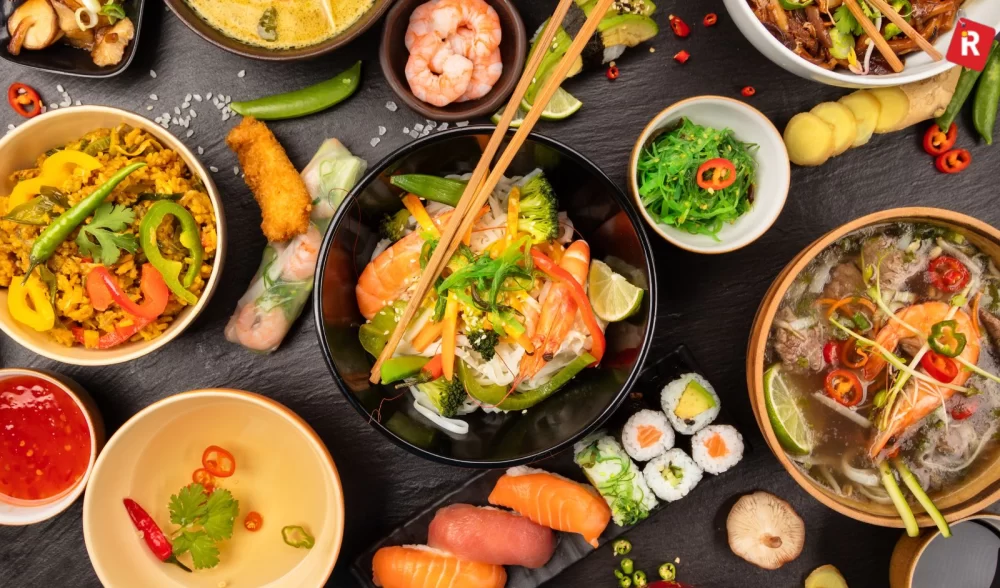
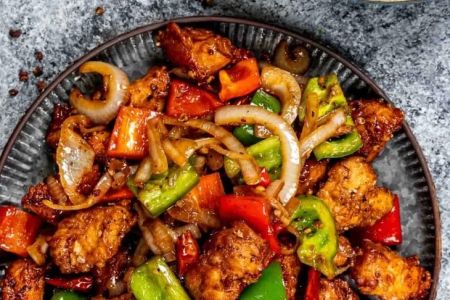
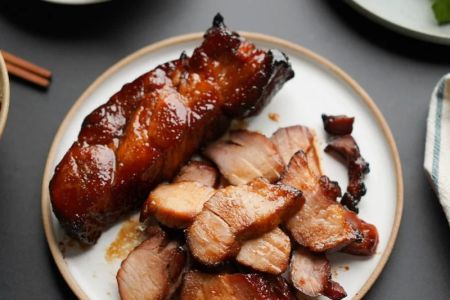
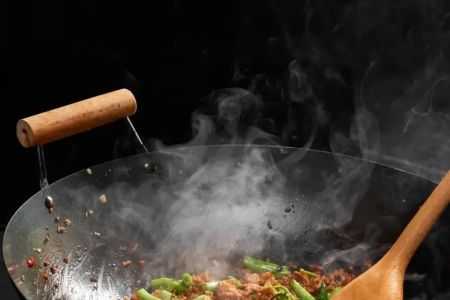
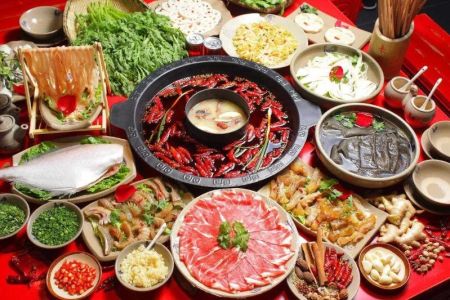
![Top Chinese Restaurants for Authentic Cantonese Cuisine in [Your City]](https://img.gochinarose.com/d33/2507/4157910400_450x300.webp)
